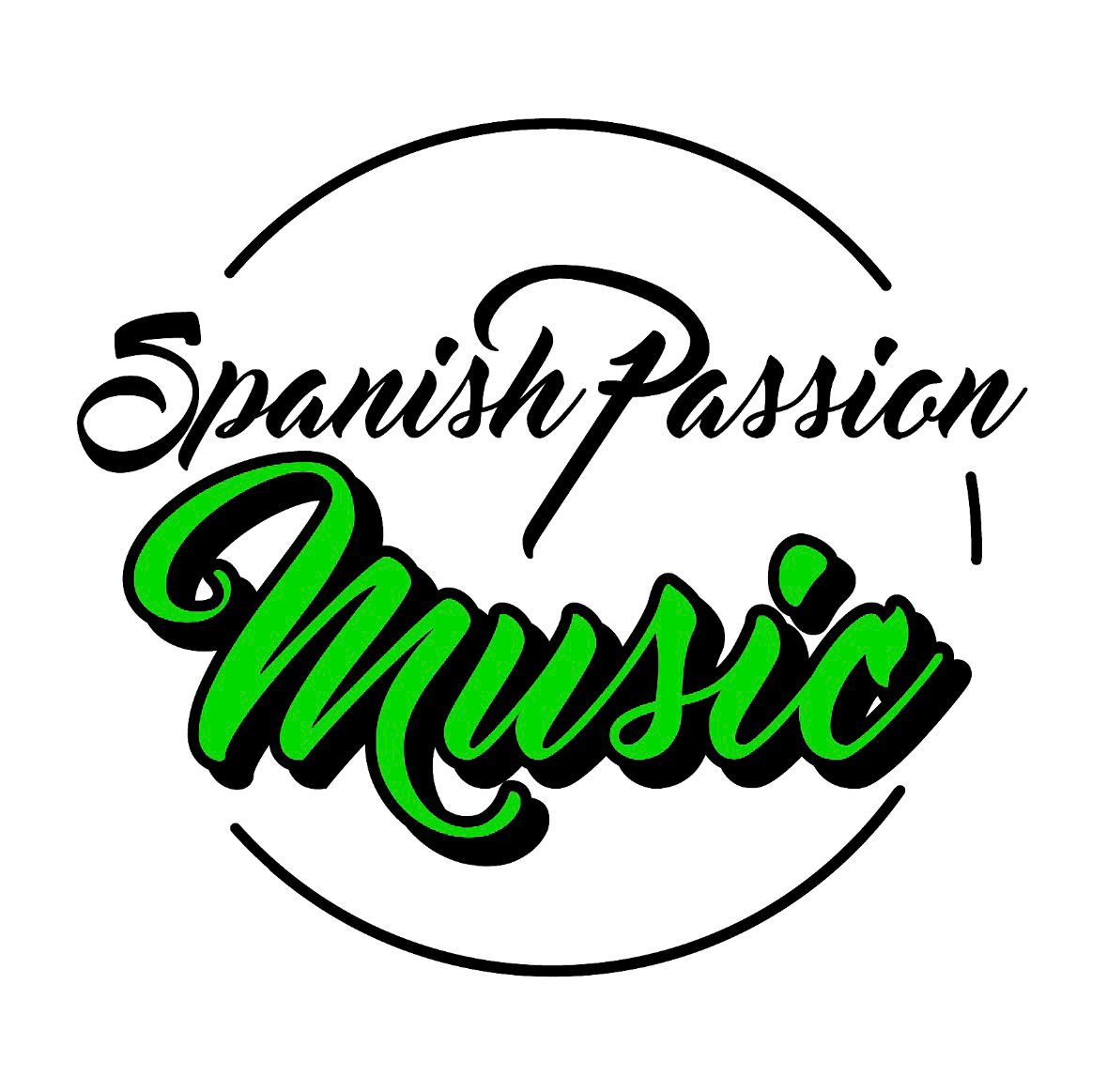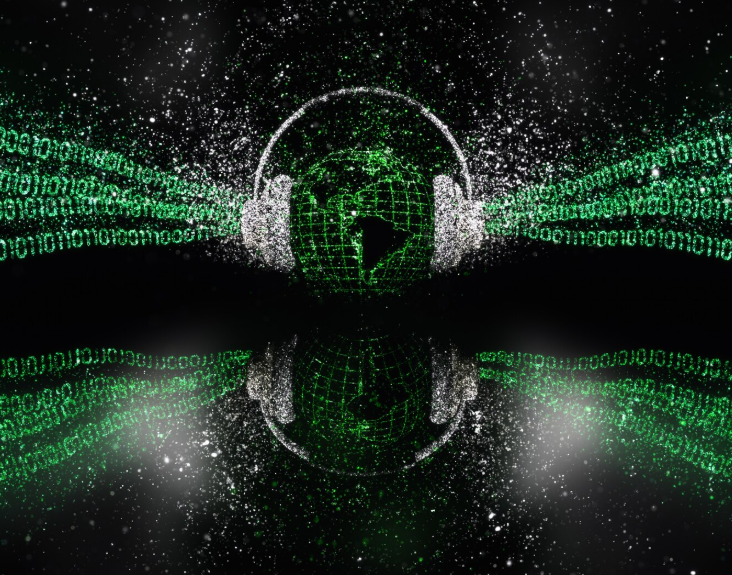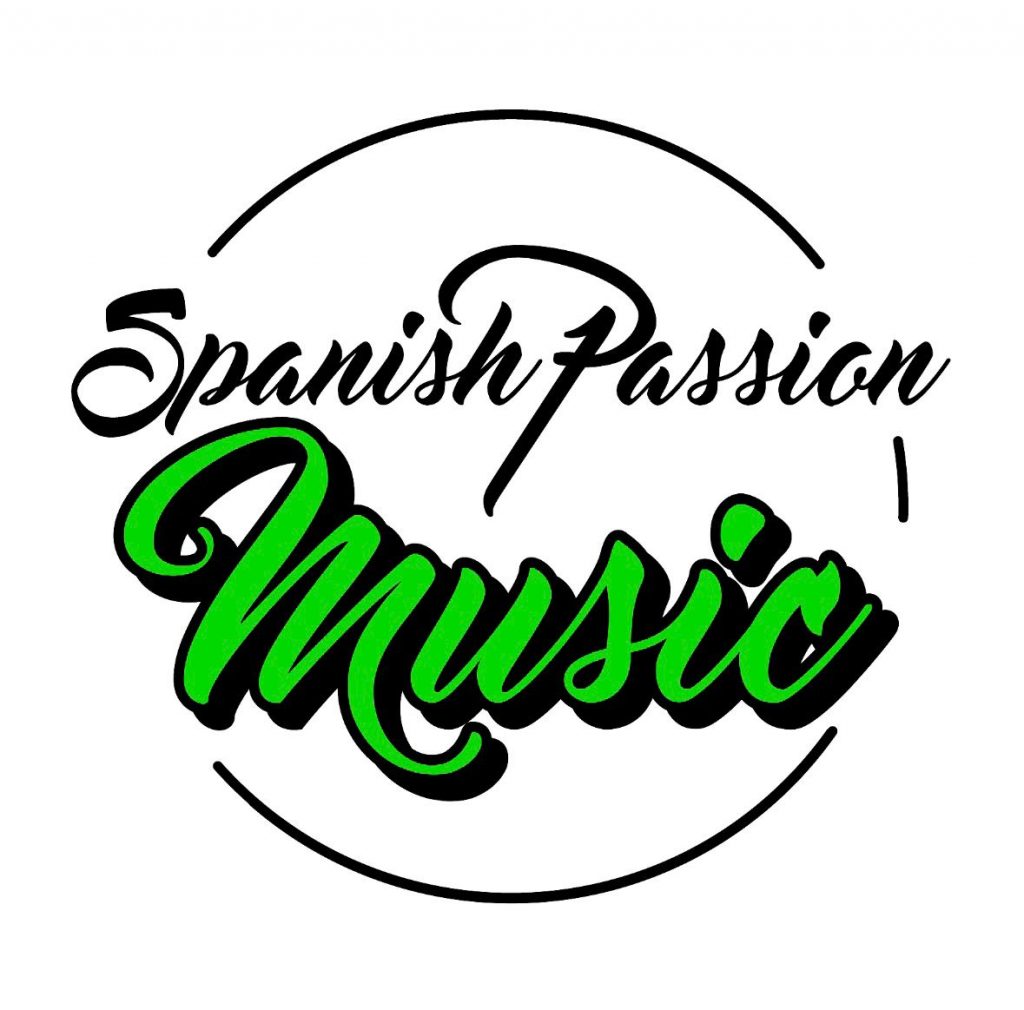If you make music and want to make a living from it, you need to understand how DSPs (Digital Service Providers) work. It's not enough to be on Spotify. You need to know how music moves within each platform, how revenue is generated and what strategies position you best.
What is a DSP?
A DSP (Digital Service Provider) is any platform that allows users to stream or download music digitally. The best known in the urban genre are:
- Spotify
- Apple Music
- YouTube Music
- Amazon Music
- Deezer
- Tidal
Each has its own payment system, algorithms and ways of recommending music. Understanding them gives you an advantage.
Spotify
What you need to know:
- It is based on a freemium model: free users with ads and premium users.
- Algorithms (such as “Weekly Discovery” or “News Radar”) recommend according to listening habits.
- Editorial playlists are key, but so are algorithmic and user-created playlists.
How do you earn money?
Through royalties per stream. The payment varies, but is around $0.003 - $0.005 per stream. Payment is based on the total number of listens and the proportional share generated by each song.
Keys to stand out:
- Promote the pre-save before launch
- Have well-kept profiles (biography, photos, links).
- Upload music at least 2-3 weeks in advance.
Apple Music
What you need to know:
- It only has paying users, which increases the value per stream.
- It has a more premium design, and its audience tends to be more loyal.
- It also has editorial playlists, although the system is less open than Spotify.
How do you earn money?
It pays more per play than Spotify, about $0.01 per stream. It's all via subscriptions.
Keys to stand out:
- Optimise metadata well (this is highly valued by Apple).
- Order pitch directly if your distributor allows it.
- Use Shazam (owned by Apple) to reinforce your visibility.
YouTube Music
What you need to know:
- It is closely linked to your YouTube channel, so visually and musically it should be aligned.
- The experience combines audio and video streaming.
- Fans can find your song even if they don't exactly search for your name.
How do you earn money?
Through ads (if your channel is monetised) and the Content ID that identifies your music in other videos. There is also pay-per-stream on YouTube Music.
Keys to stand out:
- Upload video lyrics, visualisers or alternative versions
- Activate Content ID to monetise uses of your music
- Keeping the channel active and aligned with launches
Conclusion
Being in DSPs is the minimum. Understanding how each one works allows you to use them to your advantage. Each platform has its own code, and the urban artist who masters it has more options to grow, bill and consolidate his or her career. It's not just about getting on: it's about knowing how to move within it.


